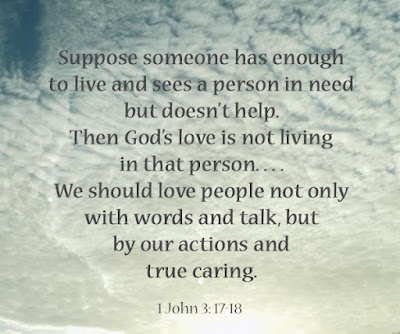Have you ever felt an earthquake?
I experienced Seattle’s 1965 earthquake. People felt it across Washington, British Columbia, Idaho, and Oregon. The 6.5 quake (some officials called it a 6.7) lasted 45 seconds, and that’s a long time for an earthquake of that magnitude.
But the earth’s eerie roar lasted even longer than that.
Sometimes life can feel like an earthquake. Without warning, a jolt rocks the world. What has seemed solid and predictable and dependable suddenly lurches and crumbles. And even when the shaking stops, the jarring trauma rolls on.
And the eerie roar lasts longer than that.
After the 1965 Seattle earthquake, countless structures had to be repaired and strengthened and because of that, I added a new word to my vocabulary: Retrofitting.
Just about everything needed to be retrofitted: bridges, roads, buildings, chimneys, and equipment. That is, they needed not only repairs but significant modifications to lessen the damage if other earthquakes should strike. Often retrofitting required the development of new gizmos and doodads and technology.
After that April 29, 1965 earthquake, I remember all of us—my family, classmates, friends, neighbors, Seattle’s newspapers and TV stations—all of us relived the trauma, trying to process what had happened, amazed and thankful our damage wasn’t worse, worried that aftershocks or even bigger earthquakes would soon follow. All our talk was like that eerie roar that kept up after the ground stopped lurching.
Years later, when my husband burst through our front door and announced we were moving to South America so he could teach missionaries’ kids, the earth beneath my feet felt like another major earthquake had struck and I literally fell to the floor.
And in coming days and weeks and months, the eerie roar roared on. My dreams and plans had taken a hit. My sense of where my life was headed had fallen apart.
What I didn’t know then was that the earthquake that my husband (and eventually, it turned out, that God, too) sprung on me was meant for good. In fact, I would later learn that some of my dreams and plans weren’t the best for me and my family. They needed to crumble down in ruins.
But I didn’t recognize that then. Instead, the stuff of earthquakes—like crumbled bricks and debris—covered me. It was dark down there. I felt bruised and broken. Alone.
I was only 27 years young. The old me now wishes I could have told the 27-year-old me that I could live a good life even after earthquakes and loss and the shock of it all.
As Christine Caine said, “Sometimes when you’re in a dark place you think you’ve been buried, but you’ve actually been planted.”
It would take me a couple of years to recognize that. The process included confusion, pain, waiting, and a lot of mystery.
Even though I struggled to recognize the specifics of God’s presence and guidance, deep down I knew He was working out my future.
That future would involve helping people who had nothing—nothing—of the Bible in their own languages. They had no way of knowing God and His goodness and involvement in their lives, especially when they, too, experienced life’s earthquakes and heaps of ruins.
But I—I did have God’s Word to stabilize me and give me hope. It tells me—and you, too—that He is present with us in our troubles and, “So we will not fear when earthquakes come and mountains crumble. . . . Let the mountains tremble . . . !”
And then He says,
“Be still, and know that I am God!”
(Psalm 46:1-11)
Wow! What a contrast:
The earth trembles and splits and crumbles and roars,
yet we are to be still. Still in God’s presence.
Be still and be assured:
He knows all about our lives’ tremors
and jolts and upheavals and lurches and joggles.
And He knows about the resulting broken pieces
and piles of rubble.
Be still and be assured:
He repairs and rebuilds us,
retrofitting us to stabilize and strengthen us,
making modifications to lessen the damage
if other “earthquakes” should strike—
all to make us beautiful, and useful to Him, in His time.
(Ecclesiastes 3:11)





No comments:
Post a Comment